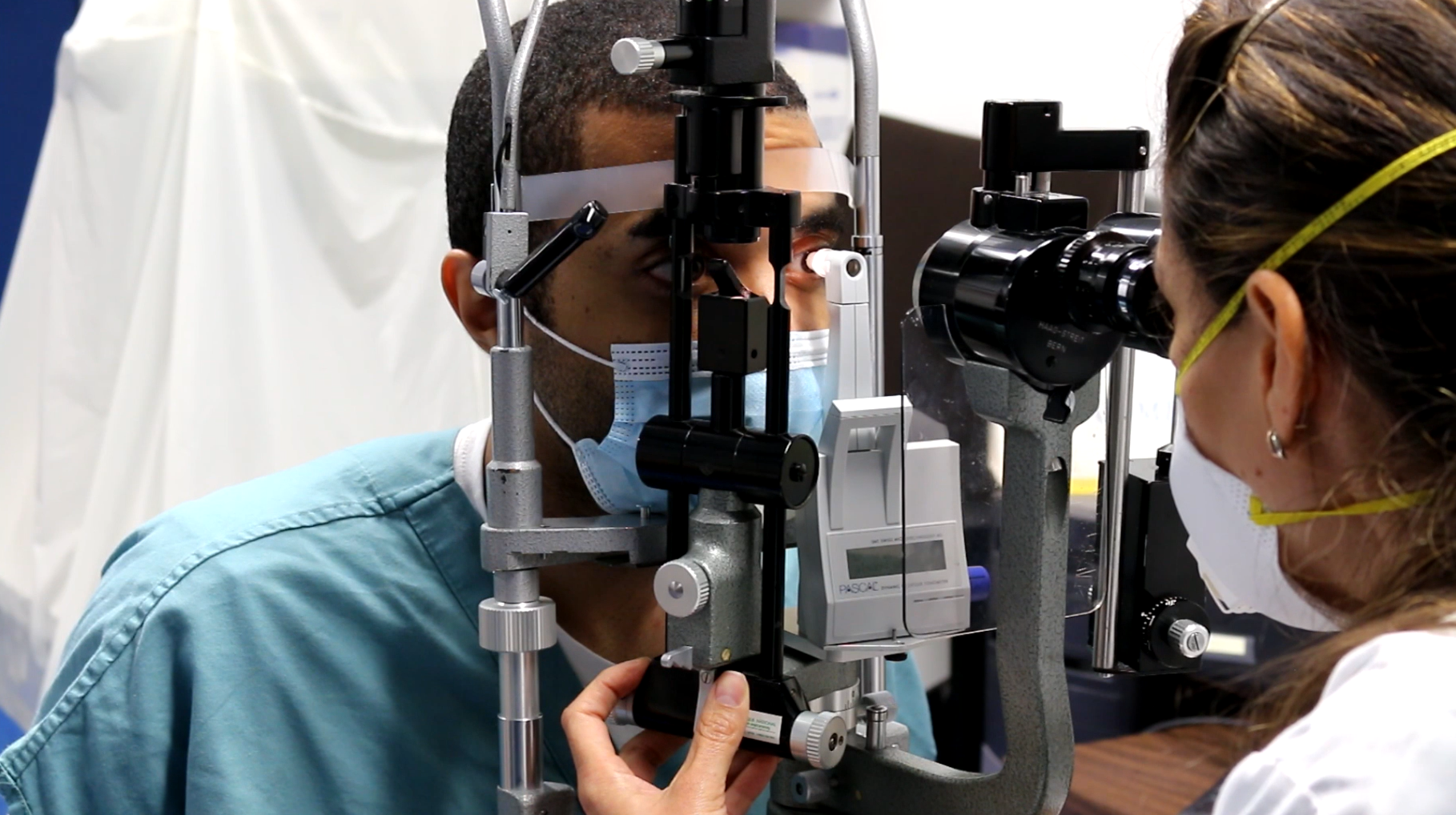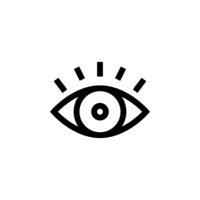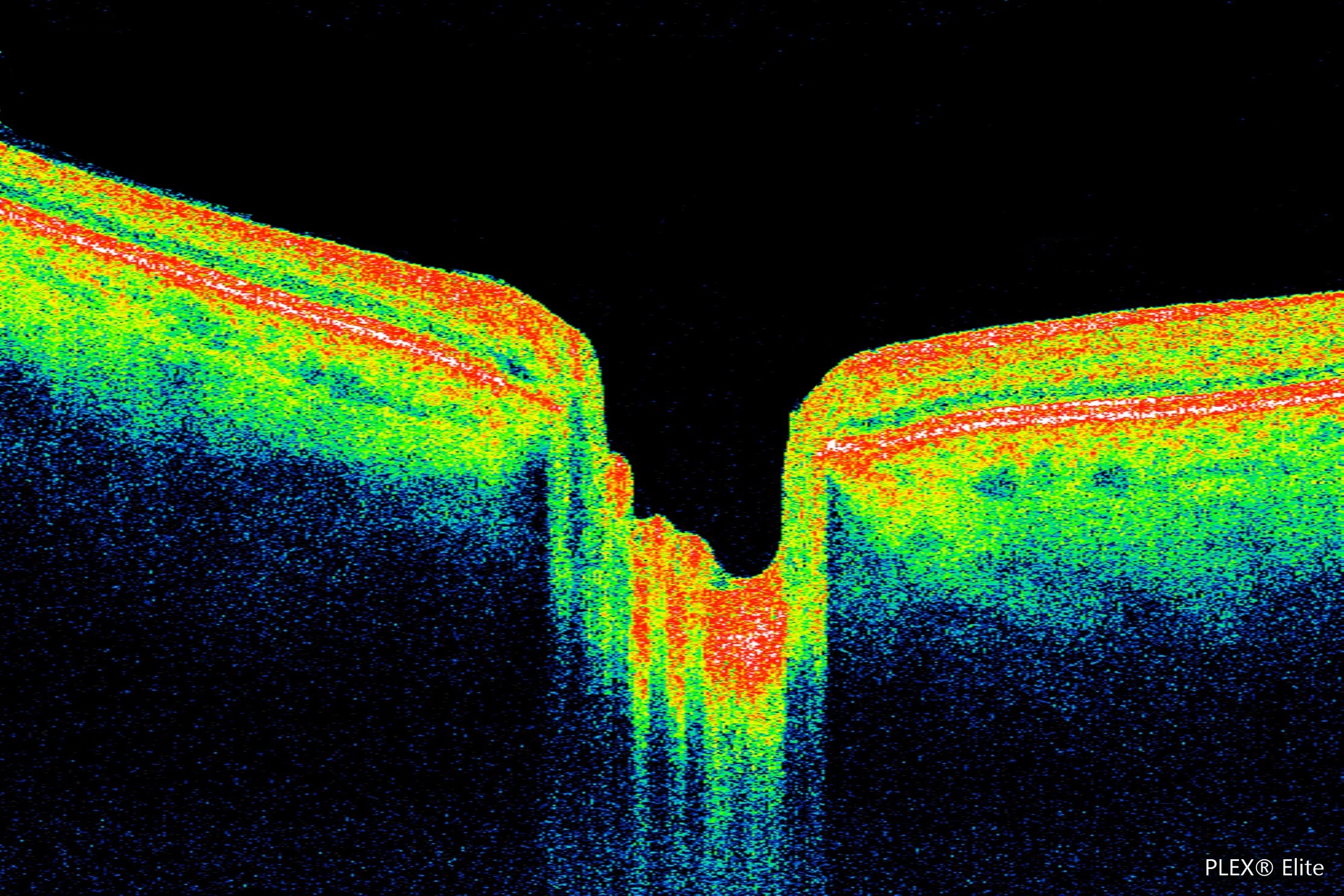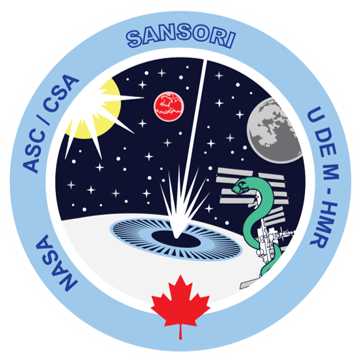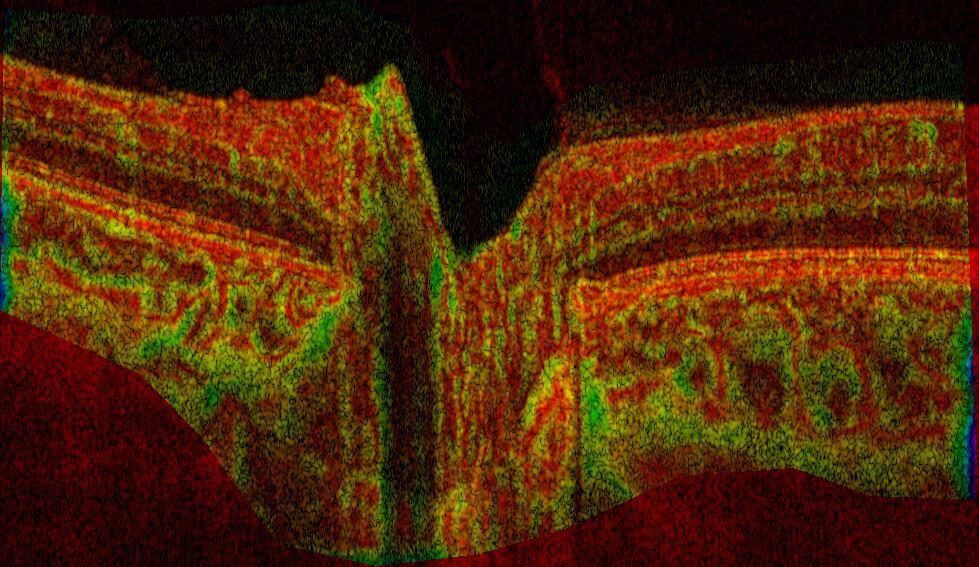Ocular Imaging and Biomechanics
Ocular biomechanics is central to the pathophysiology of several diseases. Changes in ocular tissue’s stiffness and its response to pressure can cause both minor refractive problems such as myopia, but also blindness through harmful forces leading to the atrophy of neurons in the Optic Nerve Head in glaucoma. We have developed non-invasive techniques to measure ocular rigidity and local deformations of ocular tissues in a clinical setting.
